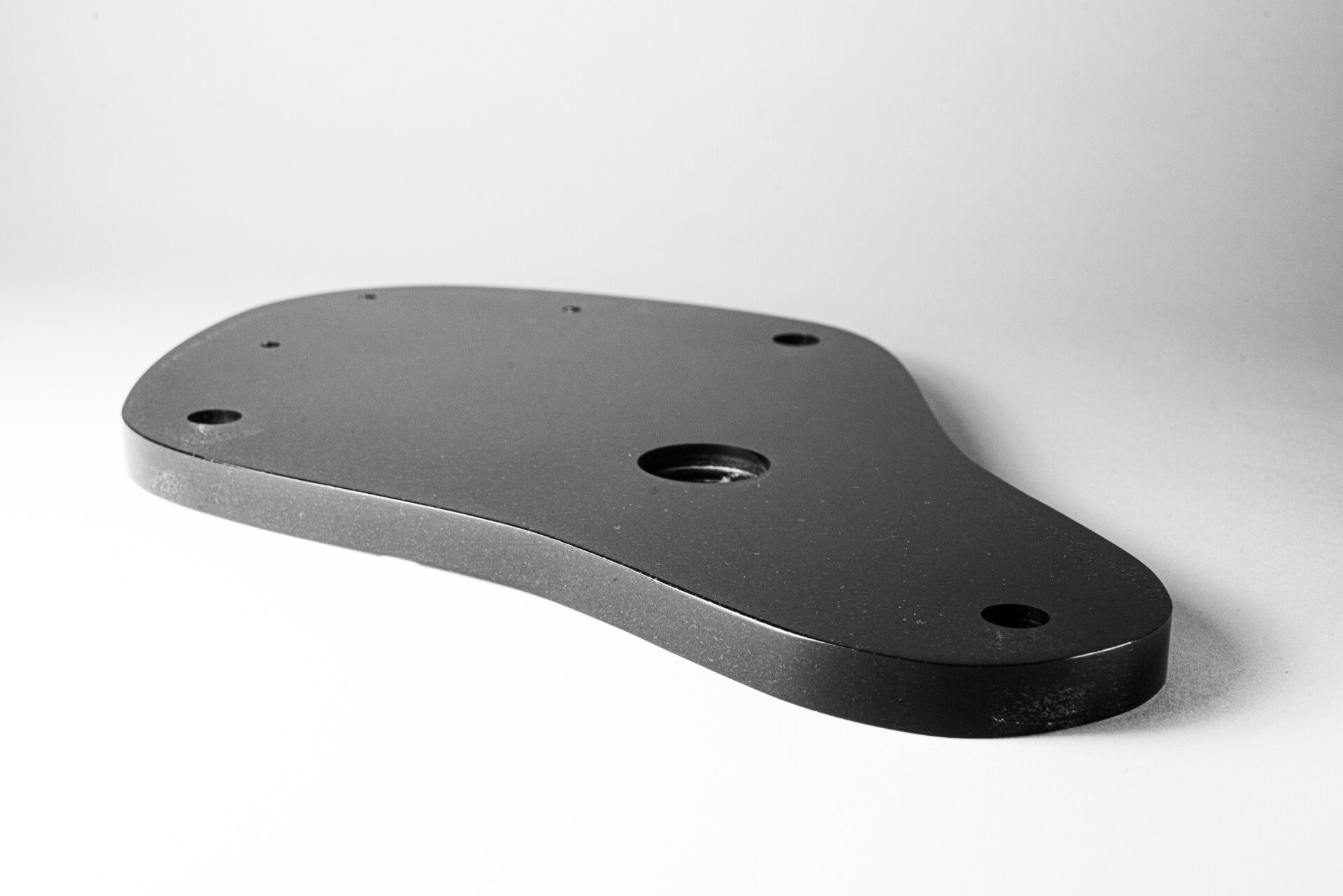
Revisiting the Max Richter New Four Seasons (DGG 4862778)bn,, there’s additional solidity and stability here, the interlaced parts now contributing to a sense of a multi-layered ensemble, building to bigger effect. Pitch and timbral accuracy are coming to the fore, the interwoven themes produced by strings, harpsichord continuo, and Moog synth creating a complex, but not dense, structure for the music to emerge from. Rhythms are insistent, propulsive; the attack of the notes is clearly created by the bowing of the violins, violas and cellos, the better to let the legato violin solo float above them; abrupt finishes are clean and crisp, with little or no overhang to dilute the effect, any reverberation is clearly in the acoustic.
What the AcouPlex components have done is exactly what they’ve done elsewhere: they help prevent the various lines and parts of the music bleeding into each other. I talked about the bones of the music in relation to the top plate modifications. What the AcouPlex seems to add is the posture. I do Pilates and the improvement in muscle tone and control has helped my posture; my bones haven’t changed, but the way I move definitely has. That’s what these modifications sound like; the top plate enables the structure to do its thing, but it’s the musculature and the control that creates the poise; the movement, the elegance, subtlety and finesse that elevates a captivating performance above a merely decent one. As a medium for enabling musicianship, carefully applied, AcouPlex has few peers, in my experience.
Supporting acts
A couple of other AcouPlex elements have also crept in. The deck now sits on four AcouPlex cones bearing on the inner lip of the plinth, instead of the usual rubber feet. This has brought a useful gain in freedom and expressiveness: dynamic swings are faster, tighter and tidier. You’d get a bigger effect standing the deck (on its own feet) on an AcouPlex platform or rack, but the ones I had to hand were employed elsewhere so what started as a way to recover some lost lucidity turned into another small discovery. This is a tweak that is relatively inexpensive and easy to reverse, but I doubt you would, once tried. AcouPlex cones onto AcouPlex shelf will have to wait for another day, but I have little doubt that’s going to be better still.
The other tweak is simplicity itself: a puck made of AcouPlex to sit over the spindle. Not a record weight as it weighs at most 24 grams (I’ve got three, which are essentially repurposed top caps or washers, variously 24g, 11g and 4g and all of broadly similar 40-50mm diameter) and it’s been interesting to play with the options. I’m not a fan of record weights, even on turntables designed to accommodate them. I tend to find the benefits in terms of stability and solidity offset, as a rule, by leaden dynamics and a loss of tunefulness – and of course, the LP12 was never designed to use a weight or clamp. So, the low mass, but effective damping of AcouPlex has enabled the use of a puck to control the internal vibrations of the vinyl to the benefit of focus and lucidity, without compromising the flow, dynamics or expressiveness to any appreciable extent. I certainly prefer playing with puck than without, and on the deck configured with the regular Linn felt mat, the largest piece gives the biggest bang for your puck. Which was, until recently, where I was at…

